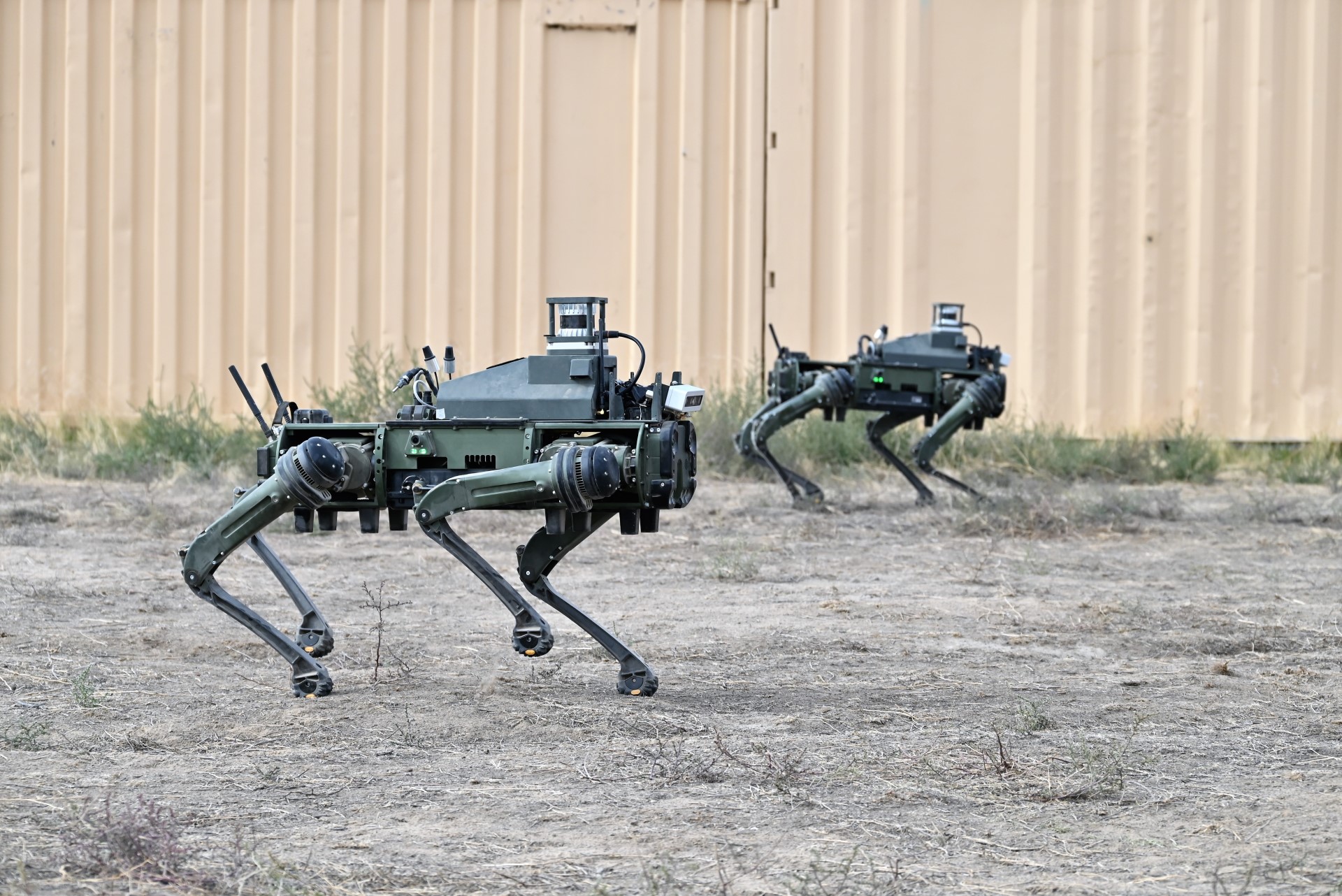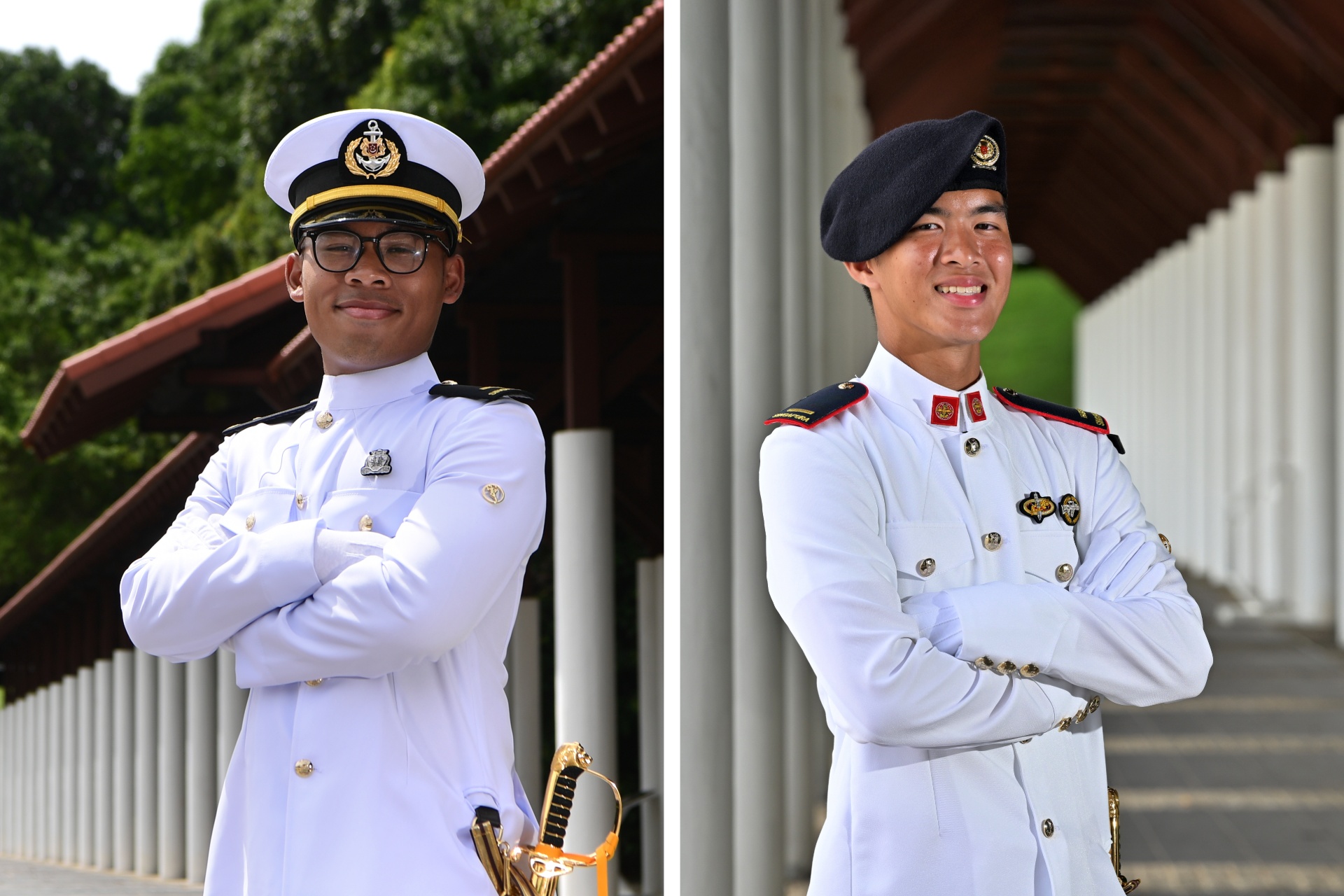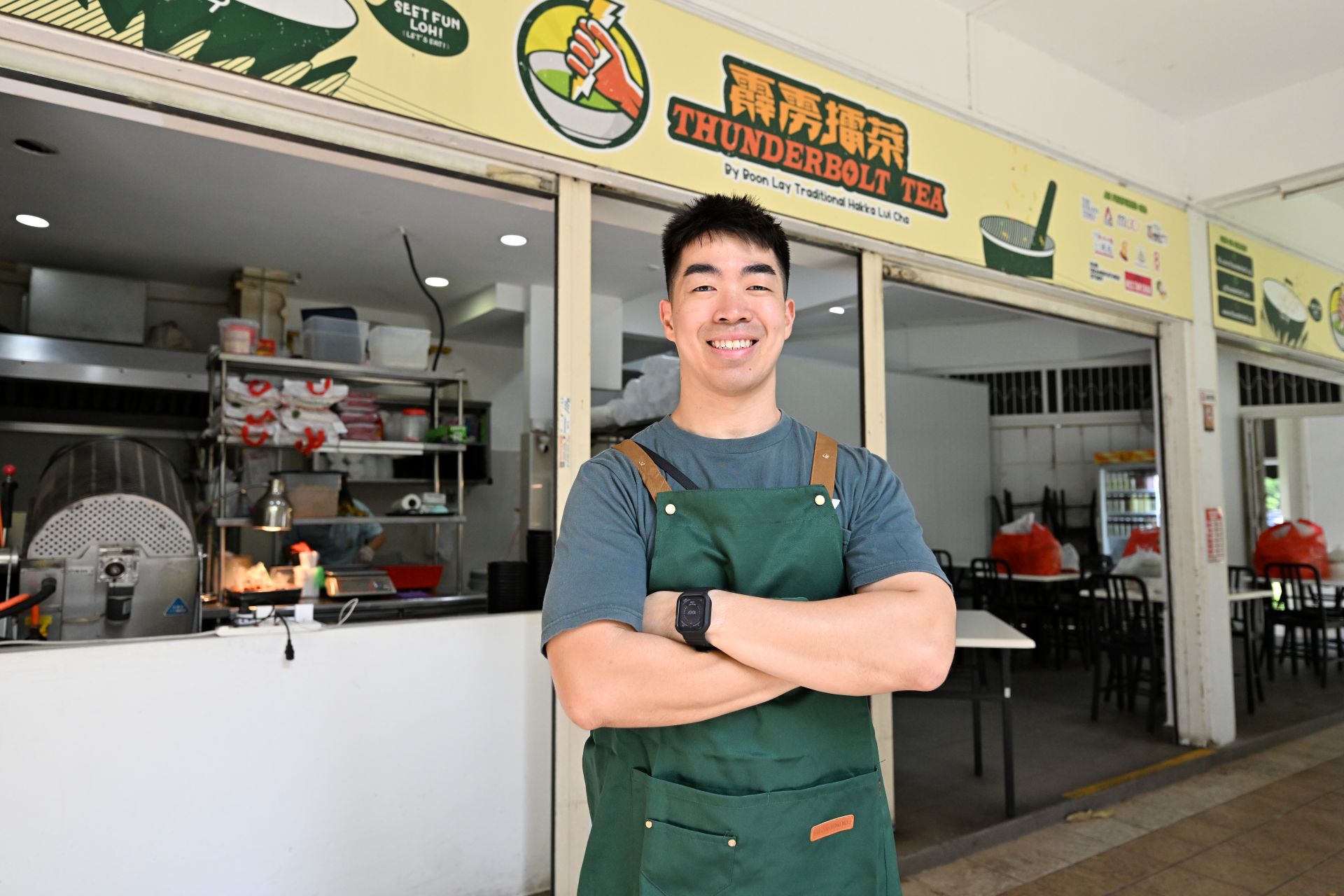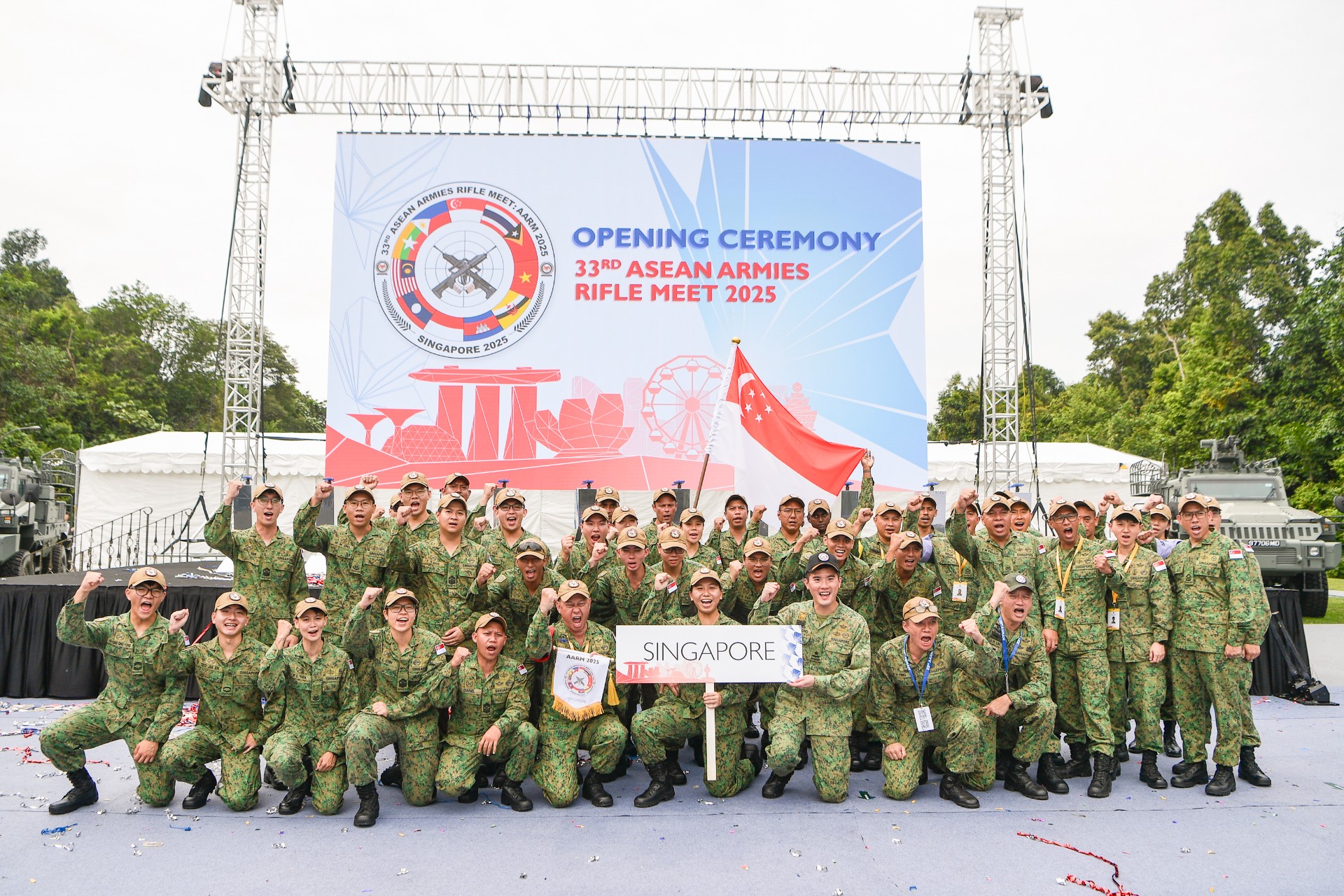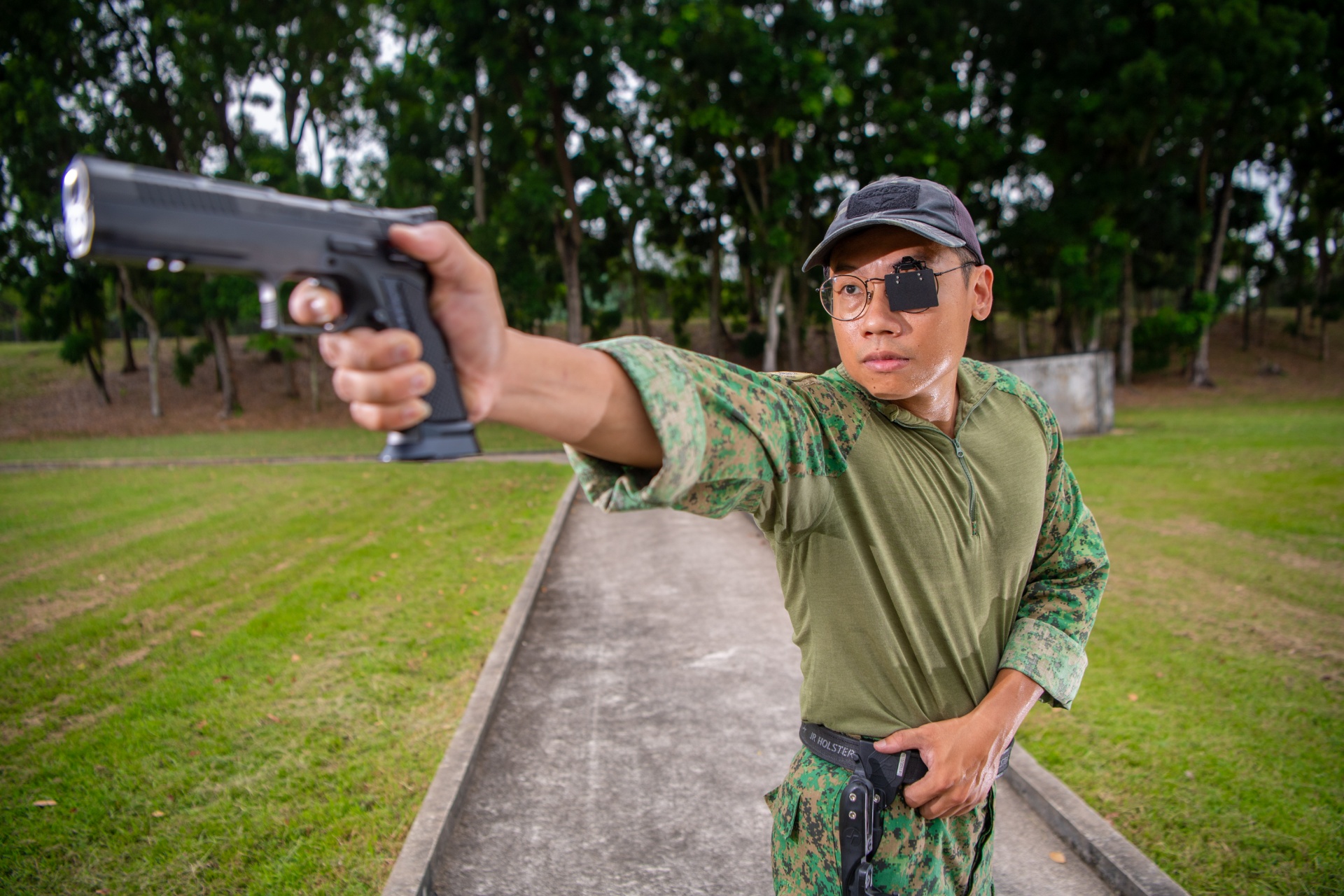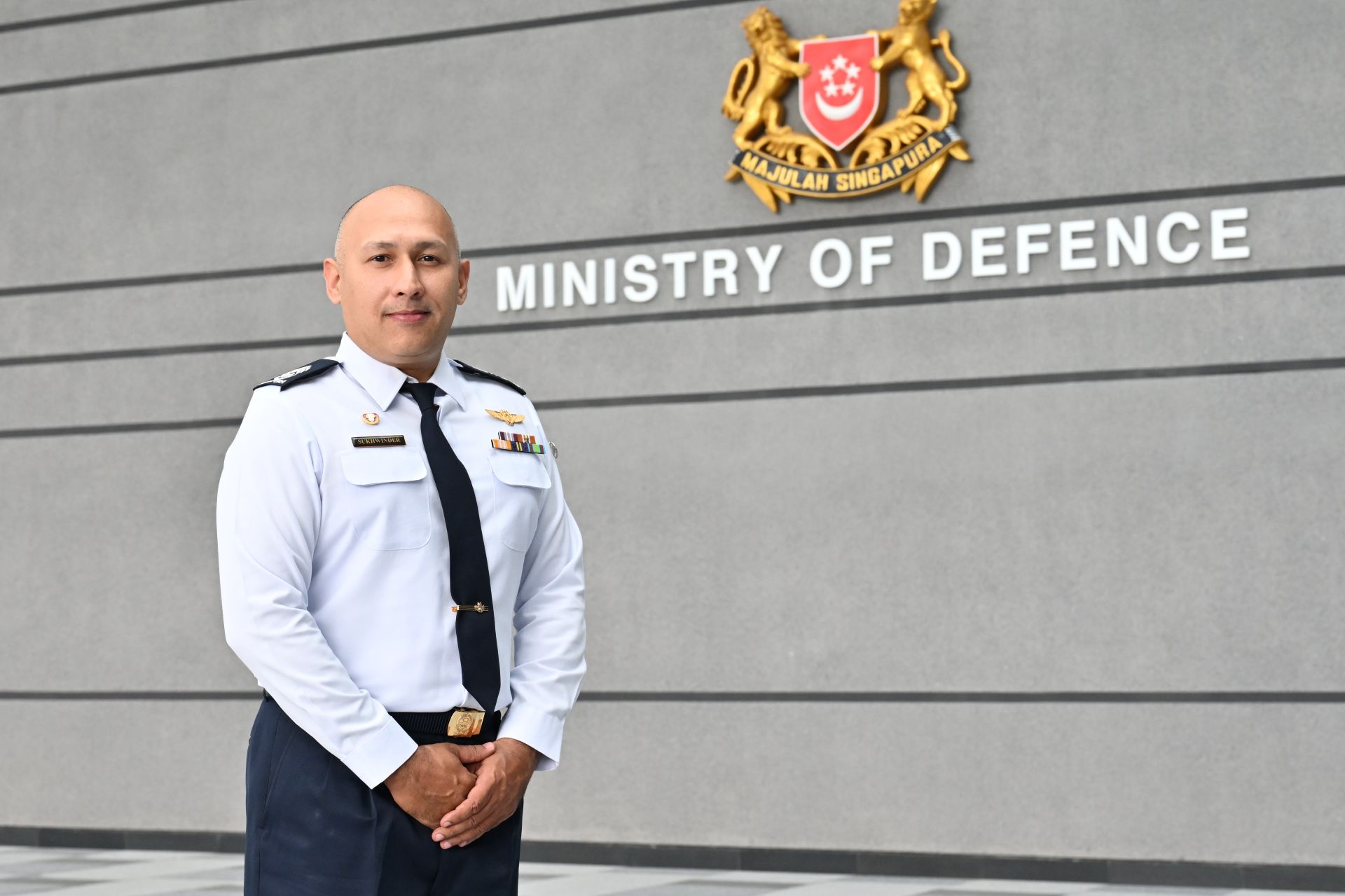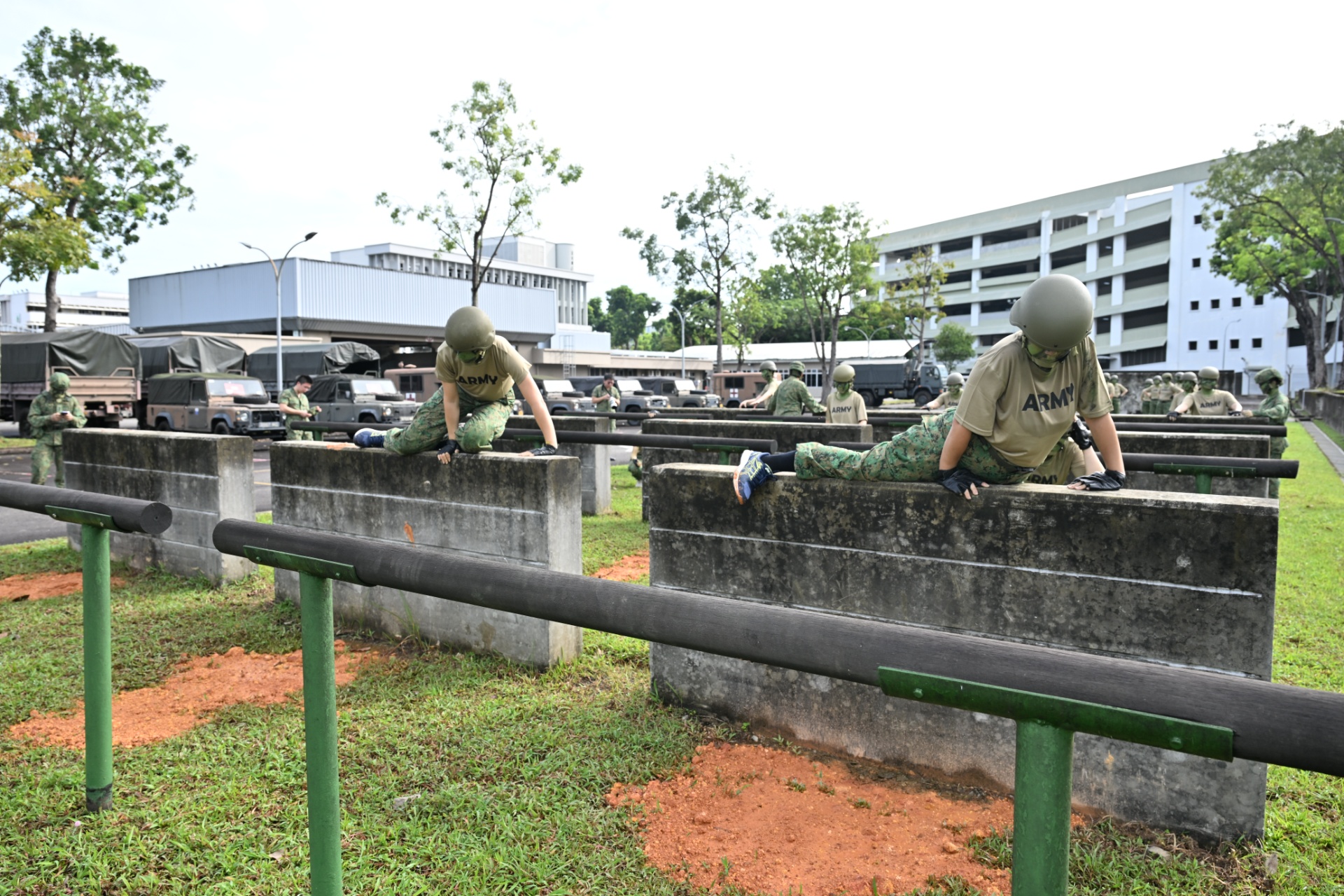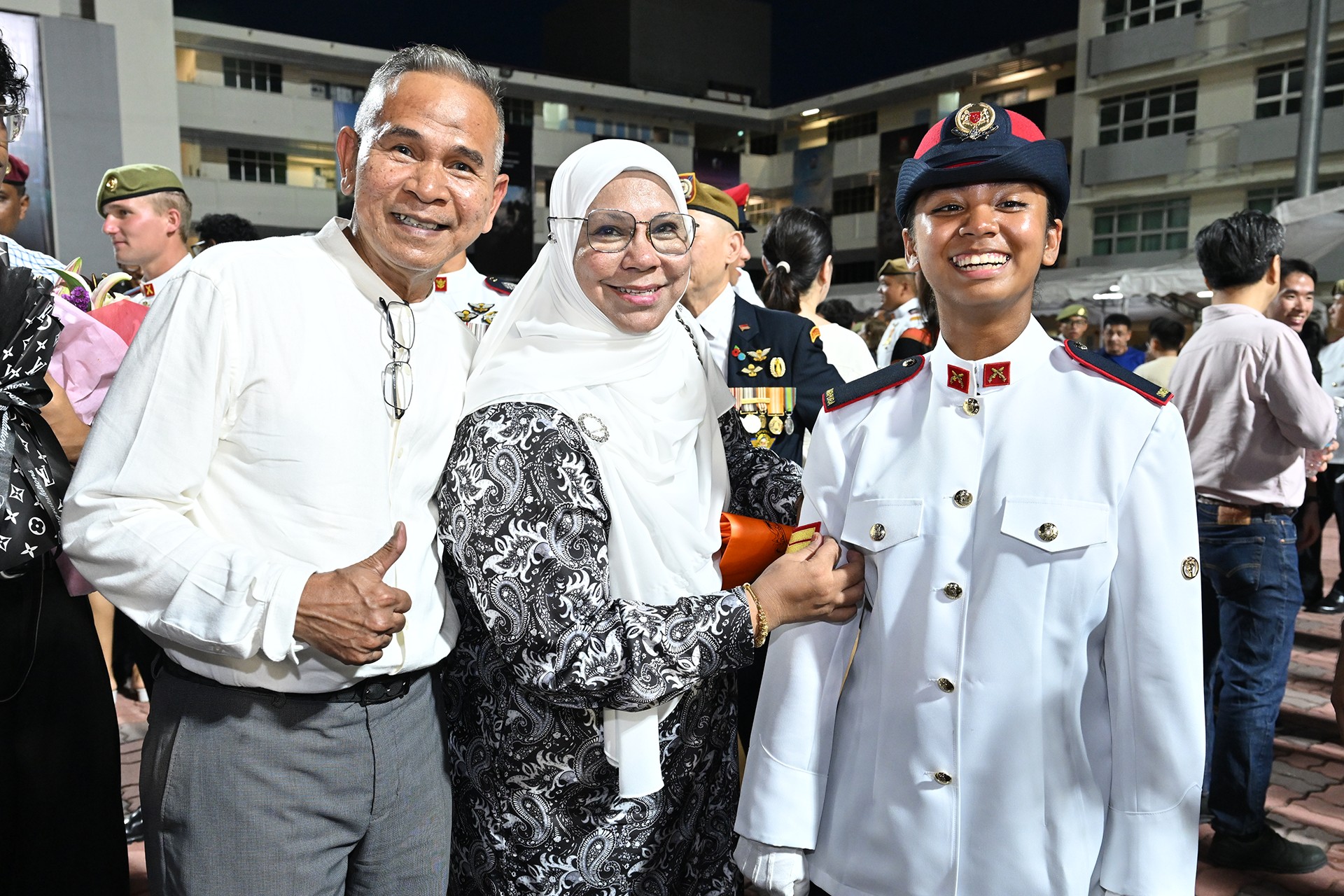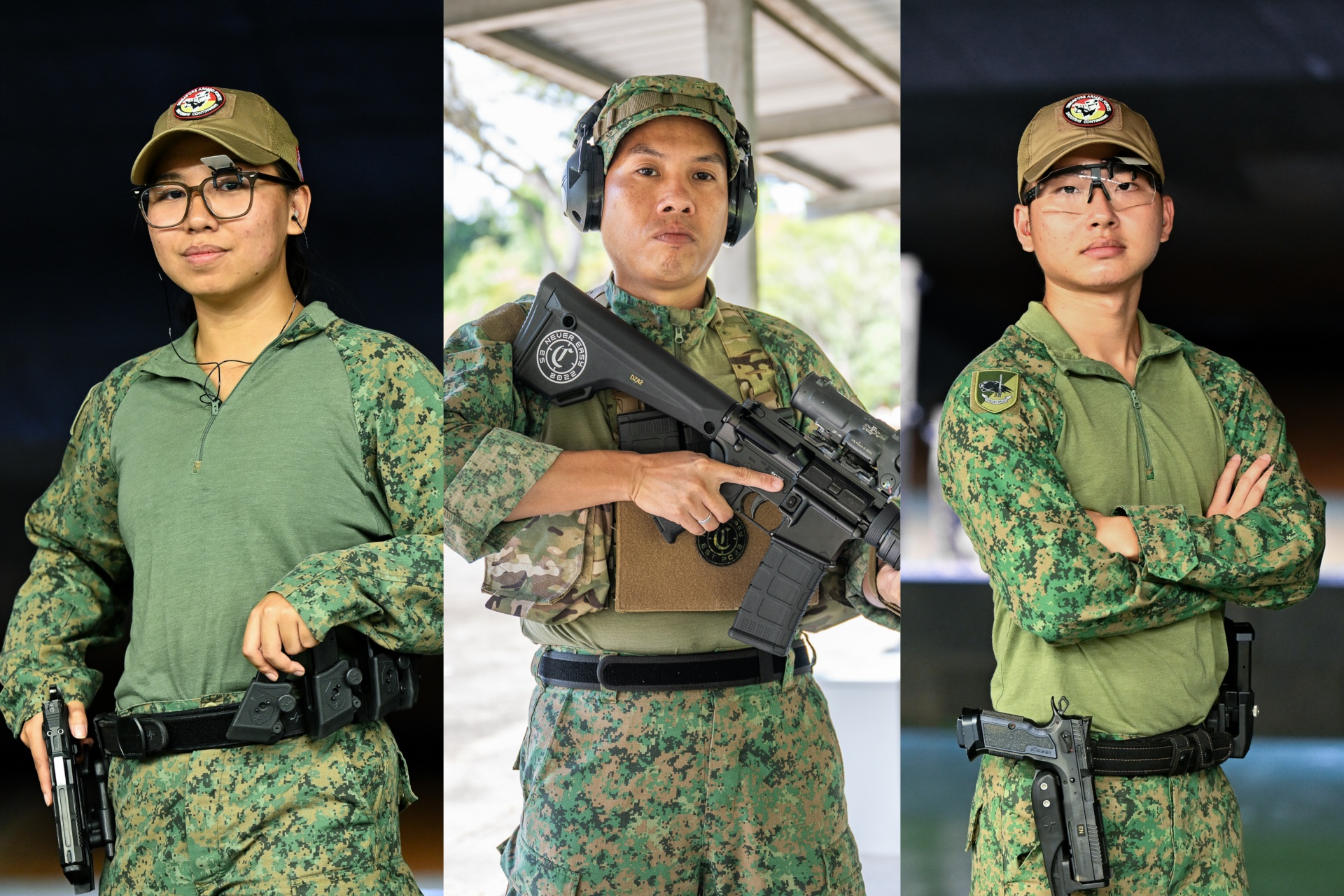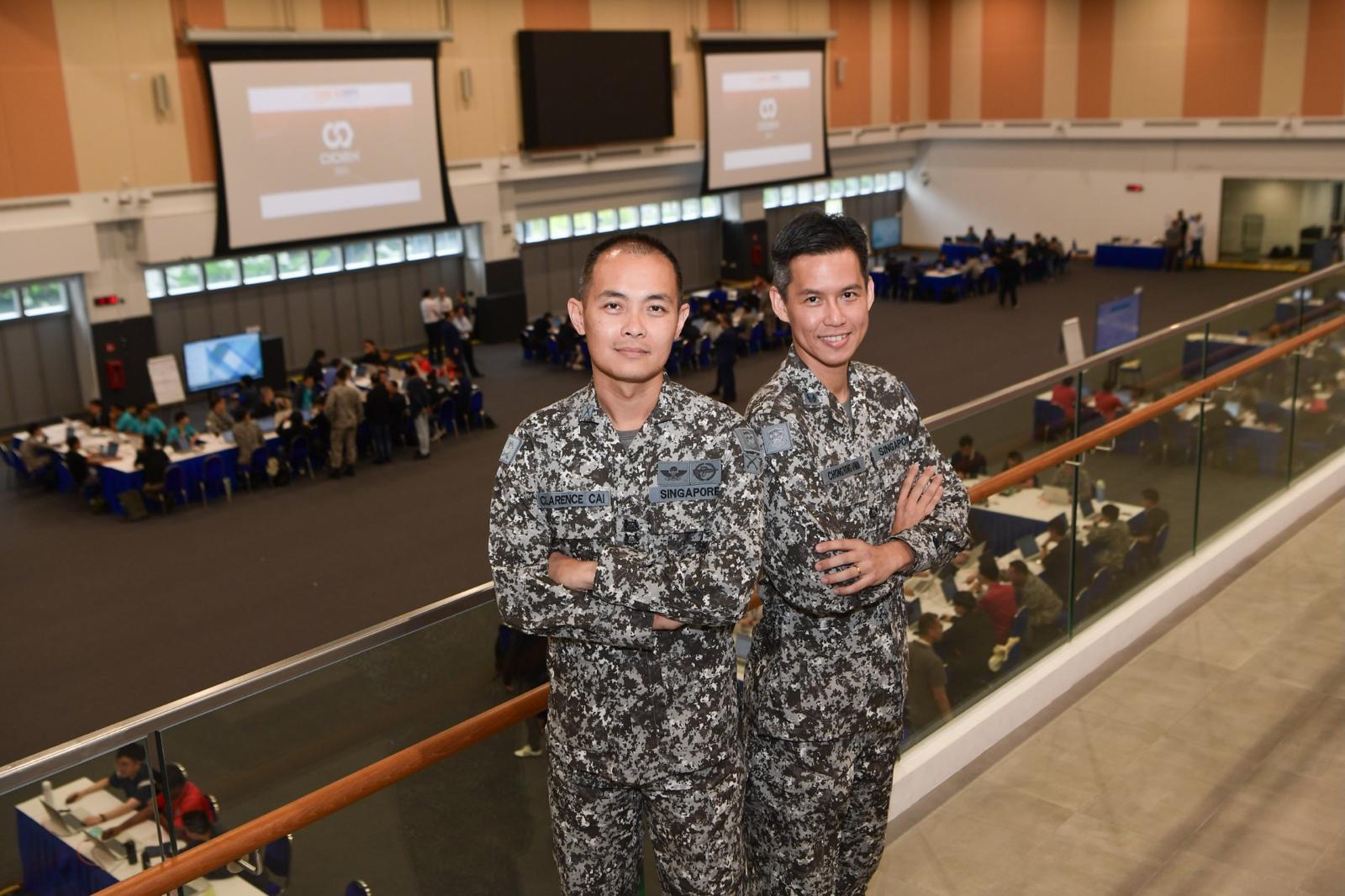SAF TESTS ROBODOGS, DRONE SWARMS AT US EXERCISE
Unmanned technology was put to the test in surveillance and reconnaissance operations at this year's Exercise Forging Sabre.The vast desert spaces of Idaho, United States (US) have become a literal sandbox for the Singapore Armed Forces (SAF) to experiment with new technologies this Exercise Forging Sabre (XFS).
Working together with the Defence Science and Technology Agency (DSTA), the Singapore Army and Republic of Singapore Air Force (RSAF) took the opportunity to trial unmanned ground vehicles (UGVs) and unmanned aerial vehicles (UAVs) that will give the SAF a warfighting edge in surveillance and reconnaissance operations.
Not your average TOY
Imagine a video-streaming app that sends you intelligence from Headquarters (HQ) to help you prepare for a mission.
The Army collaborated with DSTA to develop TOY (Tactical Operations YouTube) to receive, transmit and share intelligence from the Command Post to troops on the ground.
Ground troops used to receive information in the form of audio, text or still images. TOY – which is hosted by the Robotic Command, Control and Communications (RC3) system – will be able to render high-resolution 3D images and send the video footage to tactical soldiers on the ground.
This information is generated at the Command Post, through channels such as the Digital and Intelligence Service's intelligence collection means.
RC3 is an ops-tech development by DSTA that can perform equipment-to-multiple systems control.
For the first time, Computer Vision (CV) algorithms embedded in the RC3 interface will use Artificial Intelligence to generate information based on the feed gathered from UAVs as well as other sources. The intelligence can then be sent from the Command Post to troops on the ground.
"We pushed multiple boundaries with our manned and unmanned systems at this exercise," said Head Intelligence and Operations Development in Headquarters Army Intel, Major (MAJ) Alvinder Singh, 38.
"One was the connectivity boundary whereby tactical units on the ground can harness whole-of-SAF intelligence. That will enable the units to access information for better situational awareness and to assess the situation better.
"The second is placing the control of all these systems within a single RC3 unit that can collect information on multiple terrain in a single sweep."
One-to-many drone control
In another first for the SAF, RC3 is able to connect multiple unmanned systems together. For drone controllers, this means that they will be able to fly multiple drones from a single controller.
The flight path of the drones is programed in advance, but the controller maintains full control of the individual drones to ensure accurate and dynamic surveillance of targets.
The drones will also be able to carry out dynamic target tracking on mobile targets, such as vehicles on the move.
Preparation began early for Micro-UAV Flight Operator 3rd Sergeant (3SG) Armandeep Singh from 11th Command, Control, Communications, Computers, Intelligence Battalion.
"Before coming here, we learnt the basics of maneuvering the drone," said the 21-year-old Full-time National Serviceman.
"After getting here, we focused on tracking and perching the drone as this is unfamiliar terrain for us. We learnt to move the drone onto the target to track it, or to bring it up to a specific altitude to follow the target."
The drones can cover a wide range of operations. In peacetime, they can be deployed for surveillance operations like camp security, thereby reducing manpower and allowing soldiers to be deployed to other critical positions.
In war, they can be deployed to conduct reconnaissance and conduct "pattern-of-life" surveillance from a far distance, allowing troops to study how civilians move and behave before entering to attack.
MAJ Alvinder noted the operational advantages that these UAVs and UGVs bring: "Unmanned technology can make up for the loss in manpower (from lower birth rates) and even double or triple the amount of work a single person can accomplish.
"The unmanned systems are also autonomous and smart enough to pipe data back to the tactical soldier, to gain better situational awareness when encountering complex urban terrain."
Good boy, Robo-dog
With the increase of complex urban landscapes, there is a need for unmanned systems that can perform surveillance in such landscapes.
The Army has worked with DSTA to develop a legged robot to carry out autonomous indoor exploration on concealed targets.
This robo-dog makes use of LiDAR (Light Detection and Ranging) to scan the environment. Operators will be able to view the robo-dog's feed as it scans a room via its LiDAR laser scanner.
"Legged robots can do terrain confirmation and target detection without the need for boots on the ground," said Captain (CPT) Loy Yong Wei, 26, an Experimentation Officer from the Sense and Strike Accelerator Centre, 6th Singapore Division/ Headquarters Sense and Strike.
"Our objective is to integrate our UAVs and UGVs in a single suite, so that they can all be centrally controlled by the RC3 system."
Swarming in on a target
Drone swarms that can autonomously launch and scan a designated area to find targets and transmit the information directly to the Command Post – this was the new technology tested by the RSAF.
During a multi-tier mission, larger Heron 1 UAVs are deployed at the highest tier to provide a wide overview of the area of operation.
If the Heron 1 discovers hidden targets, drone swarms – comprising smaller UAVs – can be autonomously deployed to scan the area and locate these hidden targets. This will support the Command Post in directing the best-suited strike assets to take out these targets.
Swarm technology enables the drones to be launched autonomously to a designated area, where they will be able to move about autonomously and search for targets.
Testing the drone swarms at XFS has reaped benefits for the team, said CPT Lim Ryan, 30. He is a member of the Drone Swarm Project in Air Plans Department.
"Our purpose in coming to XFS is to test the drones in a very different flight environment. While in Singapore we fly the drones under foliage, here we can fly them in the vast landscapes with simulated urban build-up.
"(We have an) agile development process (that) allowed us to carry out constant testing and come up with new iterations and improvements through quick-cycle experimental testing."
